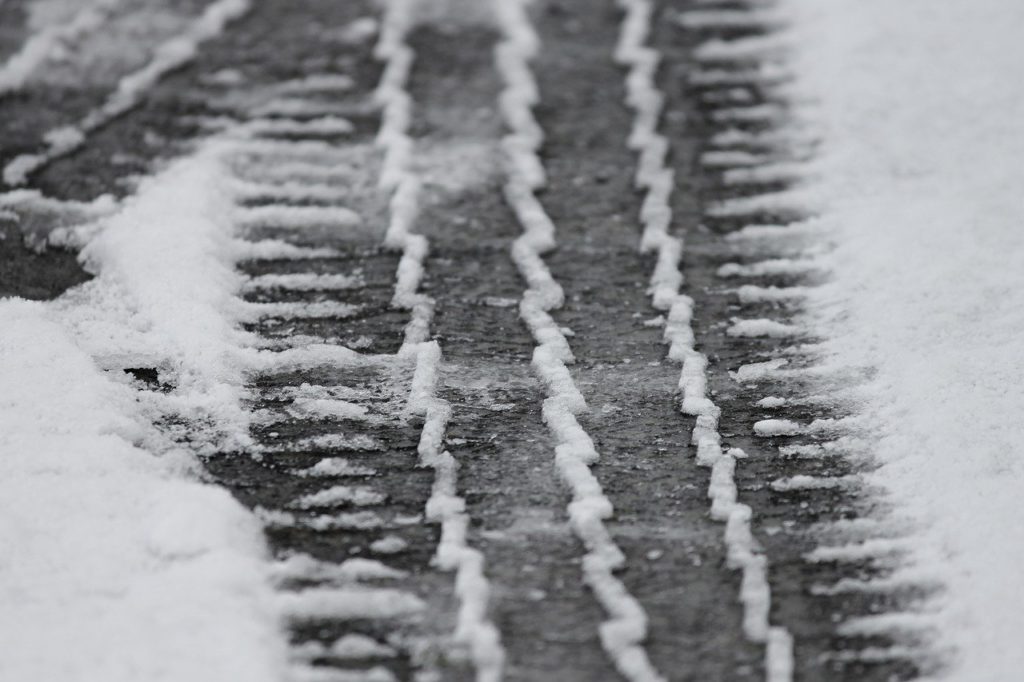Although the predicted five days of snow didn’t materialise earlier this week, there’s still plenty of time for snowy roads in the next couple of months.
If you find driving in the snow a scary prospect, you’re not alone. According to a recent survey by Autotrader, 28% of British drivers are scared of driving in snowy conditions. Their survey of 2,006 motorists turned up some other eye-opening statistics, including:
- 80% of drivers don’t know the safe stopping distances in icy/snowy conditions
- 46% don’t know where to put antifreeze in their car
- 12% have driven with a hot drink in one hand
- 11% don’t wait for the windscreen to demist or de-ice, preferring to stick their heads out of the window
- 8% think it’s illegal to drive white cars in the snow.
The full survey can be found here — we could write a blog post on that alone and it’s well worth a look.
If those results don’t fill you with much confidence, there are some simple steps you can take to stay safe when driving in icy or snowy conditions.
Our Top Five Tips for Safe Winter Driving
1. Pay Attention to Warnings
If a government department warns that you should ‘only travel if necessary’, then guess what? You should probably do that! Admittedly, the warnings aren’t necessarily 100% correct for your exact local conditions. Lots of us have travelled during weather warnings, arrived without any problems, and wondered what all the fuss was about. But on the other hand, there have been plenty of situations where hundreds have been trapped on motorways because they ignored the warnings.
2. Be Prepared
It takes just a few minutes to gather together a winter driving kit for your car. It’s time well spent, because those items could save you hours of inconvenience and discomfort. Here’s one example of a snow and ice driving kit, courtesy of the BBC:
- Warm clothes, coat, hat, gloves
- Waterproofs
- Sturdy, grippy footwear
- Fully charged mobile and charger
- First aid kit
- Medications (what if you were stuck for 18 hours?)
- Sunglasses
- Breakdown emergency contact
- Blanket or rug
- Shovel
- Ice scraper
- Torch
- Flask of hot drink
- Snacks
In other words, the idea is to prepare for the worst scenario, which is a pretty sensible idea.
To that list, we would add:
- Jump leads
- Warning triangle
- Hi-vis clothing
- Something to help you get traction if you’re stuck: a square of carpet, or something granular like sand or cat litter
3. Adapt Your Driving
Obviously, driving ‘normally’ on snowy or icy roads can be a recipe for disaster. For example, stopping distances increase dramatically (at 50 mph, they’re almost eight times greater!), so you’ll need to slow down and leave a much larger gap between you and the car in front. Don’t rely on the brakes alone to slow you down, or you might get a nasty shock.
However, driving too slowly can also cause problems, as the car may lose momentum when its needed most.
In manual cars, pull away in second gear, being especially cautious when lifting the clutch. What you don’t want is to spin the wheels. Automatics may have a snow mode or a ‘2’ setting that you can select manually.
4. Before You Go, Clear the Snow (Yes, All of It!)
Before you get going, please be nice and scrape all the excess snow from your car. That means the bonnet, roof and boot (if applicable). If you don’t clear your bonnet, you risk a sudden avalanche of snow onto your windscreen, at a time when visibility may already be poor. And if you don’t clear it off the roof and/or boot, you risk doing that to someone else.
Yes, it’s taken you ten minutes to scrape and demist your windows and you just want to get going. . But just another few minutes’ work will spare the guy behind you from getting that same blinding avalanche (and prevent yet more snow being dumped on the road).
5. Make Sure You Have Suitable Tyres
When you’re trying to navigate snowy or icy roads, the condition and type of tyres you’re using makes a huge difference.
The legal minimum depth of tread is just 1.6mm, but as we’ve mentioned before, tyres start to lose traction well before that. For driving on snow or ice, we’d suggest a minimum of 3mm.
Winter tyres can transorm how your car handles on snow and ice. They’re specifically designed for more challenging conditions. BK Tyres currently supplies over 600 winter tyres, at competitive prices. If you’re not really sure what you’re looking for, get in touch and we will be happy to help.
The BK Tyres blog carries news, views and information on tyres and related subjects. BK Tyres is a supplier and fully mobile fitter of tyres throughout South Oxfordshire. Contact us today.

